There can be your advertisement
300x150
Painting Walls in Bathroom: 6 Major Misconceptions
Looking through interior design photos on Pinterest, you notice more and more that bathrooms are decorated with paint. It looks interesting and quite decent, and you might even want to use this approach at home, but some invisible barrier prevents you from trying. Painted walls look boring, cheap, and only suitable for government offices – misconceptions to blame. We decided to prove the opposite and dispel your doubts.
Misconception 1: Painted Walls Are a Thing of the Past
Walls painted with dull blue or green oil-based paint are a nightmare scenario. But all of this is a relic of Soviet times when such a palette was standard for bathrooms. Fortunately, it's all behind us now, as reliable water-based, moisture-resistant paints have emerged. They look decent, and a wide palette combined with unexpected design ideas elevates the paint decoration to a new level. Create romantic Provence or vibrant pop art in your bathroom – it's easy with paint. If you want to decorate walls with geometric patterns or artistic paintings, that’s also possible.
Tip: To make painted walls look neat, use painter's tape. It comes in handy where color changes are planned or at the junction of floor and ceiling.
Misconception 2: Painting Walls in the Bathroom Is Expensive and Difficult
Are you told that painting walls in the bathroom is a luxury? Don't believe it! To convince yourself, compare the prices of paint and ceramic tiles – everything will fall into place. You’ll need to hire skilled professionals for wall leveling, spend on quality plastering, priming, and paint – it’s unavoidable. But next time you’ll be able to refresh or update the interior yourself, just by picking up a roller and a new paint shade.
Tip: The base surface of the walls should be almost perfect. Remember that paint doesn't hide flaws but rather emphasizes them. Therefore, a high level of wall preparation (multiple leveling and priming) is the most important step on your path to a dream interior.

Misconception 3: Paint Is Afraid of Water
Special acrylic or latex paints are made for use in humid environments. They can't be washed away with water. We won’t argue that ceramic tiles are less susceptible to moisture than any paint. But partial painting or protecting vulnerable areas with tempered glass or regular ceramic tiles is also an option. The latter can even help creatively design or zone the space.
Tip: To maintain the original look of painted walls, ensure good ventilation. Additionally, leave the bathroom door open (at least for an hour after water-based procedures).
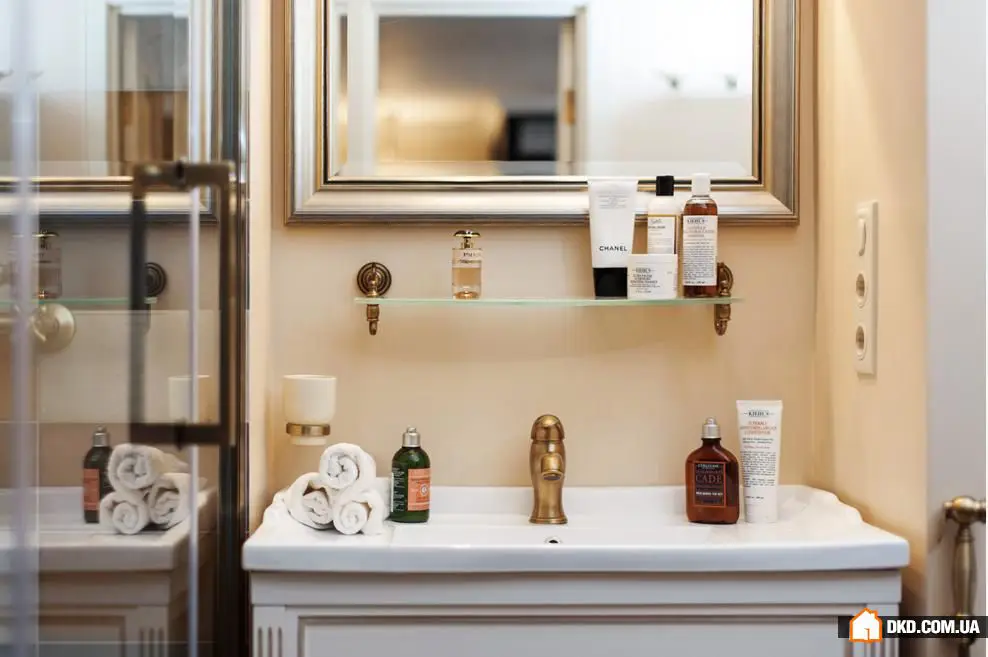
Misconception 4: Painted Walls Are Prone to Mold
This unpleasant issue can surface in any room with high humidity and poor ventilation. Fighting mold and mildew is not a pleasant task. It's easier to prevent the conditions than to deal with them later. Mold can appear even in bathrooms fully tiled with ceramic tiles, but it’s barely visible, hiding behind the tiles and grout lines. However, its impact on your health is just as harmful. There are special paints with anti-mold additives that prevent the growth of unwanted microorganisms in your bathroom.
Tip: Apply paint in multiple layers to walls in the bathroom. This increases the number of anti-mold and anti-mildew components.

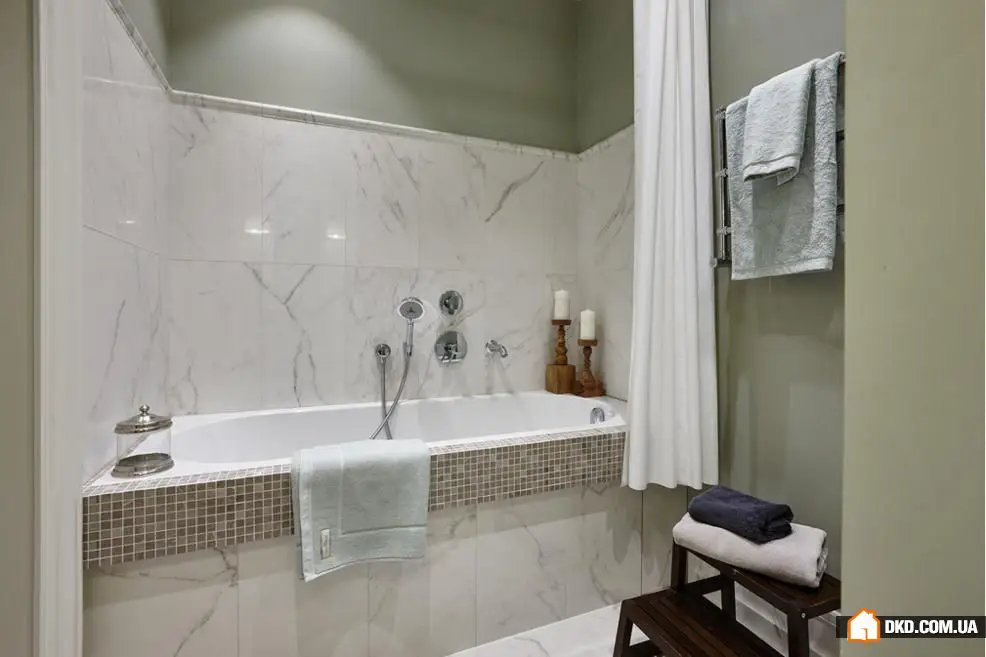
Misconception 5: Painted Walls Will Crack
We won’t deny that cracks on painted walls are possible. But this outcome is not exclusive to bathroom walls. It’s not the room’s purpose that causes it, but rather poor surface preparation for painting. Before applying paint, walls must be perfectly leveled, concrete plaster and spackle fully dried, and the surface well primed. Quality materials and properly prepared walls will prevent you from experiencing cracks in paint.
Tip: Remember that primer is applied in 2-3 layers. Paint walls only after the primer has fully dried, but no later than 24 hours after application.

Misconception 6: Painted Walls Get White Film
Hard water flows from our taps – it’s no secret. Limescale residue remains on kettles and pots. On painted walls, it’s unfortunately unavoidable too. But it also appears on ceramic tiles. Those who own bathrooms in blue, green, or gray tones know what we mean. White film is most visible on dark colors, so it's simple: choose light paint shades. There’s a wide selection, so you’ll surely find the right one.
Tip: Regularly clean walls near the bathtub and sink from soap and limescale residue using special cleaning agents and soft-bristled brushes. After the procedure, rinse walls thoroughly with clean water and dry them. If possible, protect areas exposed to moisture with tiles.
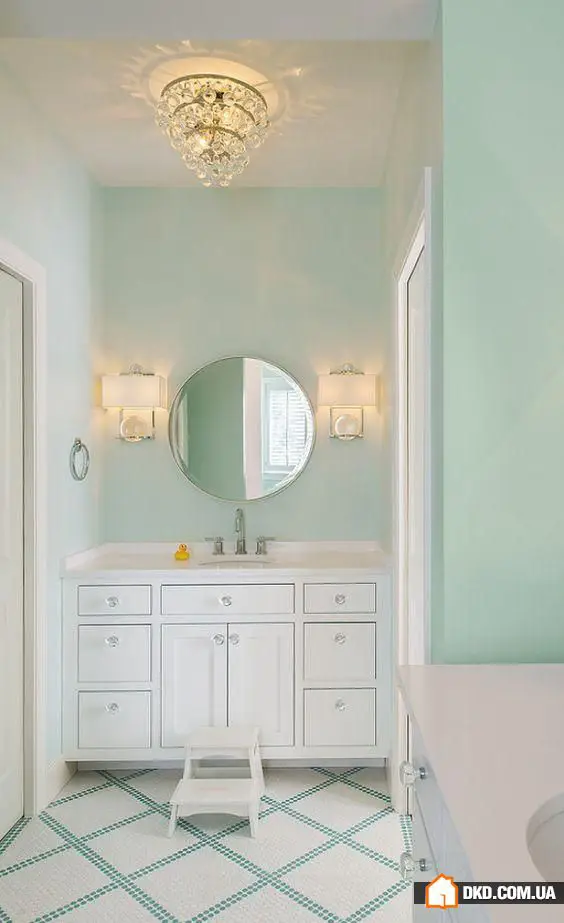
More articles:
 10 Modern Interior Design Solutions You Will Love
10 Modern Interior Design Solutions You Will Love 24 original ideas for making Christmas decorations by hand
24 original ideas for making Christmas decorations by hand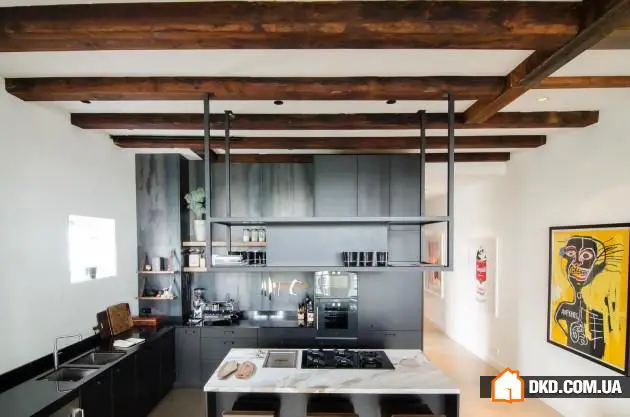 Modern Loft in Former Sugar Refinery Building in Amsterdam
Modern Loft in Former Sugar Refinery Building in Amsterdam Can't Decide on Bathroom Interior Design? Choose Traditional Style
Can't Decide on Bathroom Interior Design? Choose Traditional Style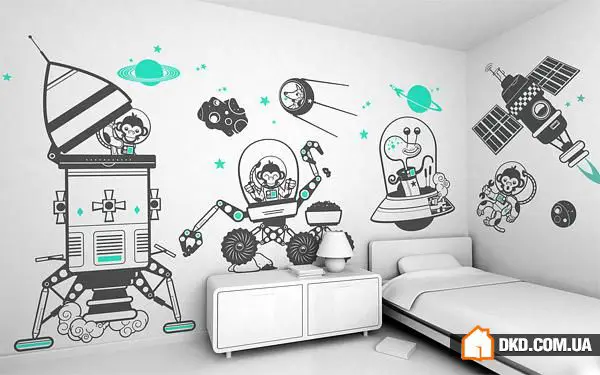 10 Cute Ideas for Baby Room Wallpaper Design
10 Cute Ideas for Baby Room Wallpaper Design Green House — Magical Housing Built in Three Days
Green House — Magical Housing Built in Three Days The Most Complete Collection of Modern Sofa Designs by the Window
The Most Complete Collection of Modern Sofa Designs by the Window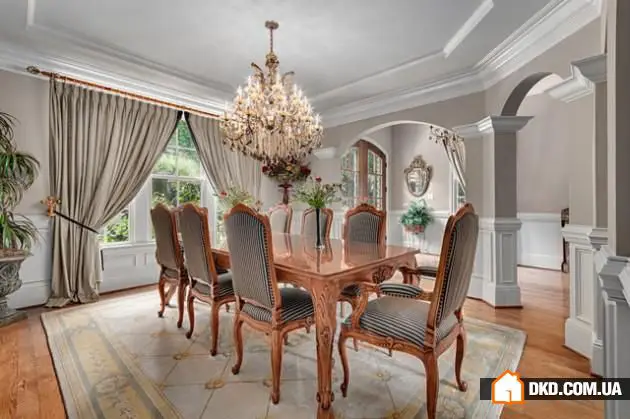 Classic Style in Dining Room Interior Design of Luxe Class
Classic Style in Dining Room Interior Design of Luxe Class